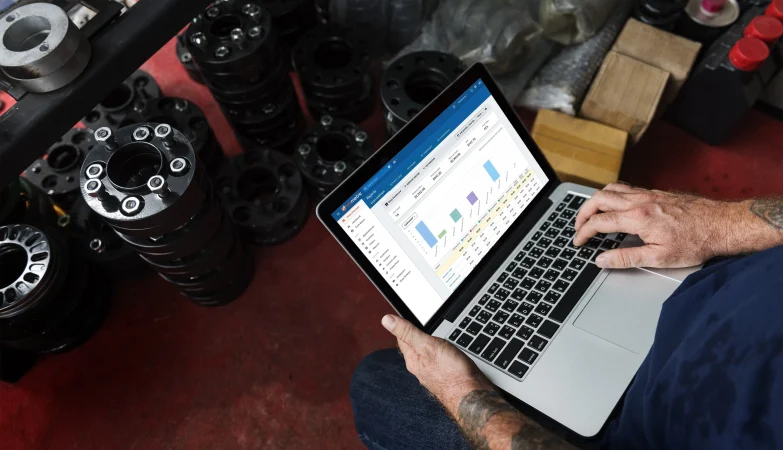This technology relies on the HPLC column to separate analytes. The column is generally the most sensitive and expensive hplc column due to its sophisticated internal structure and fragile stationary phase. Its durability and performance affect analytical accuracy and efficiency. For optimal column longevity, data quality, and laboratory operational expenses, understanding and adopting column care and maintenance best practices is critical.
Understanding Column Vulnerabilities
HPLC columns’ stationary phases, made of small porous particles, are easily damaged and degraded. Clogging the frit or packed bed with particulate pollution is the biggest concern, causing backpressure and poor peak form. Chemical contamination from poorly prepared samples or mobile phases can permanently affect stationary phase chemistry, lowering separation efficiency and repeatability. Pressure shocks from unexpected flow rate changes or column connections/disconnections can disrupt the packed bed and generate voids or channeling. Above the column’s limits, high temperatures can harm the stationary phase or hardware. Effective preventative care begins with awareness of these vulnerabilities.
Mobile Phase and Sample Preparation
Mobile phase and sample purity are crucial for column lifespan. Before use, filter mobile phases via a 0.22 µm or 0.45 µm membrane filter to eliminate particles. Preventing column or detector gas bubbles requires degassing the mobile phase. Samples must be carefully prepared. Preparatory preparations are often disregarded yet essential for safeguarding the delicate hplc column from irreversible damage and maximizing performance.

Correct Storage and Balance
HPLC columns must be stored properly when not in use. Always keep columns in a solvent that protects the stationary phase from drying. This usually means acetonitrile or methanol with a tiny amount of water for reversed-phase columns. Microbial growth and stationary phase collapse can result from storing a column in 100% water. Avoid solvent evaporation and dust by capping both column ends. Proper column-mobile phase equilibration is essential before use or storage.
Controlling Flow and Pressure
Column care requires flow and pressure control. Always start and modify flow rates slowly to avoid pressure shocks that can upset the packed bed. Slowly increasing or decreasing flow is nice. Never exceed the column’s maximum pressure limit to avoid irreparable packing or frit damage. Stop the flow and troubleshoot if backpressure suddenly rises. It could suggest a clogged frit, contaminated guard column, or instrument issue. Guard columns upstream of the main column are preferred. Guard columns catch particles and strongly held chemicals before they reach the more expensive analytical column, increasing its lifespan.
The HPLC column is a major expenditure and essential to analytical results. Labs can greatly improve column life by following best practices in mobile phase and sample preparation, storage and equilibration, and flow rate and pressure management. These meticulous maintenance routines protect the column, ensure data integrity, limit analytical downtime, and enhance chromatographic operations’ efficiency and cost.







